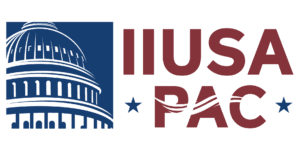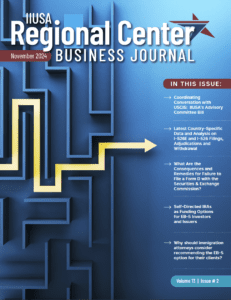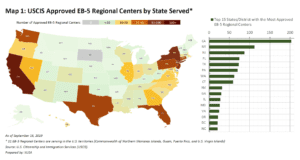EB-5 ECONOMIC IMPACT
Catalyzing the American Economy
The EB-5 Program was created in 1990 to promote regional economic growth for American communities through foreign direct investment. Since the great recession in 2008, the EB-5 Program has become an increasingly important economic stimulus tool that delivered capital investment to American businesses and created jobs for American workers. In fact, between 2008 and 2015, the EB-5 Program helped generate $20.6 billion in foreign direct investment to create and retain U.S. jobs for Americans, all at no cost to the taxpayer.
Over the years, a variety of economic impact studies have been conducted by academics and government agencies to assess the Program’s impact on the U.S. economy. The EB-5 Economic Impact Interactive Map (below) demonstrates the robust economic impact generated by EB-5 investments:
EB-5 Economic Impact Studies

ASSESSMENT OF THE ECONOMIC VALUE AND JOB CREATION IMPACTS OF PROJECT CAPITAL INVESTMENT ACTIVITY UNDER THE EB-5 PROGRAM
The study, prepared by Economic & Policy Resources, Inc. (EPR), showed that businesses across all U.S. sectors benefited as a result of the regional center program’s capital investment activities, ranging from construction and engineering, manufacturers and utilities, to healthcare and educational services.

QUANTITATIVE ASSESSMENT OF THE EB-5 PROGRAM: ECONOMIC IMPACTS AND CONTRIBUTIONS TO THE U.S. ECONOMY 2014-2015
According to Western Washington University Center for Economic Business Research, the EB-5 Regional Center Program (the “Program”) generated $11.2 billion in capital investment in FY2014 and FY2015, accounting for 2% of the total foreign direct investment (FDI) net inflows to U.S. In addition, investment and spending associated with the Program supported 207,000 American jobs in FY2014 and FY2015, accounting for 4% of total job growth across all private sectors in U.S. over that two-year period.

ECONOMIC IMPACT AND CONTRIBUTION OF THE EB-5 IMMIGRATION PROGRAM 2013
In fiscal year (FY) 2013, the EB-5 Regional Center Program (“the Program”) contributed $2.0 billion in foreign direct investment (FDI) to various projects throughout the U.S. that promote regional economic development. In addition, the Program contributed $3.58 billion to U.S. GDP and supported over 41,000 jobs at no cost to the public purse.

ECONOMIC IMPACT OF THE EB-5 IMMIGRATION PROGRAM 2012
During 2012, spending by EB-5 investors also contributed $447 million to federal tax revenues and $265 million to state and local tax revenues. This is more than a 2-fold increase from the average annual impact result reported in 2011.

ECONOMIC IMPACT OF THE EB-5 IMMIGRATION PROGRAM 2010-2011
This is the first peer-reviewed economic impact report commissioned by IIUSA based on comprehensive government data including I-526 and I-829 approval and denial statistics for each Regional Center in the country and subsequent analysis of I-924A filings. The analysis articulates that spending associated with EB-5 investors contributed $2.65 billion to U.S. GDP and supported over 33,000 U.S. jobs during 2010-2011
EB-5 Economic Impact in the News
“Investment Amount Increases for the U.S. EB-5 Visa: The Likely Economic Consequences in Today’s Marketplace”
Latest Research & Analysis on EB-5 Economic Impact
For questions on the EB-5 data and research, please contact IIUSA at research@iiusa.org.




